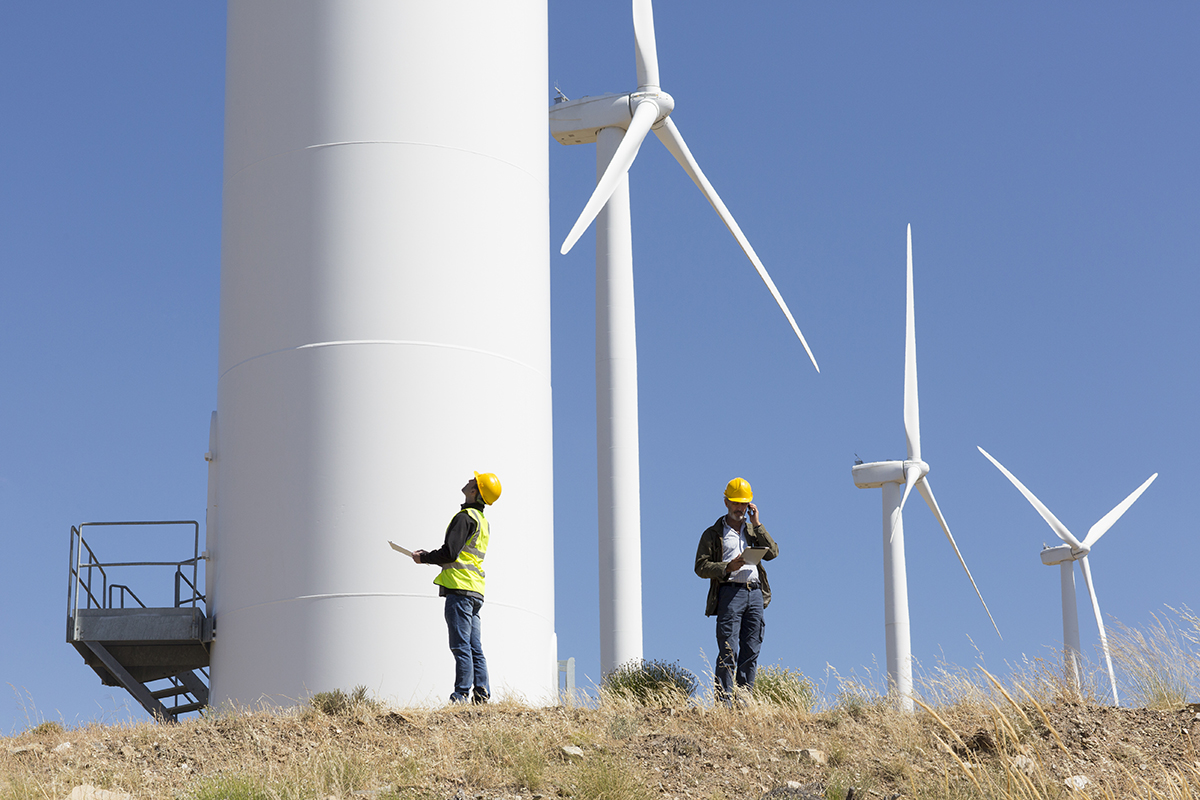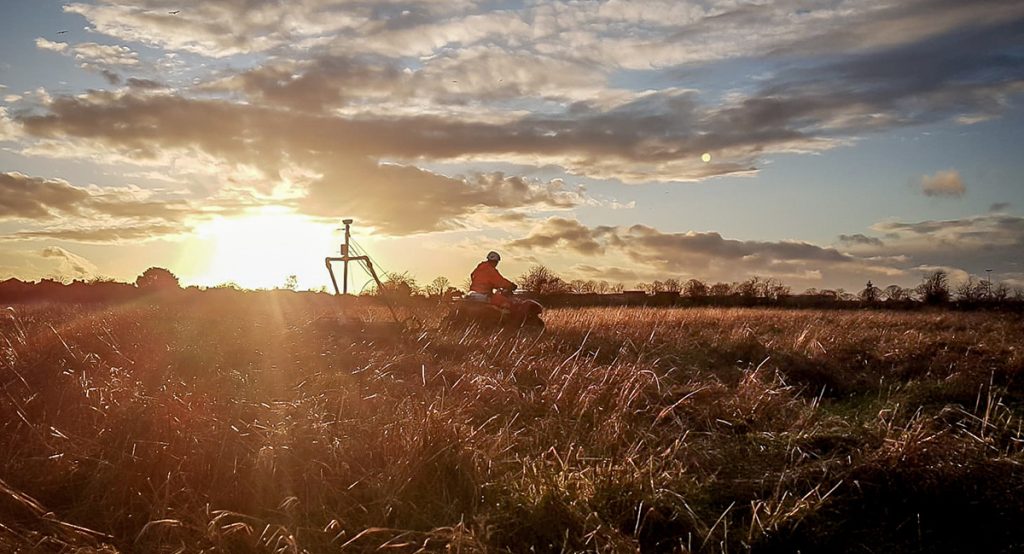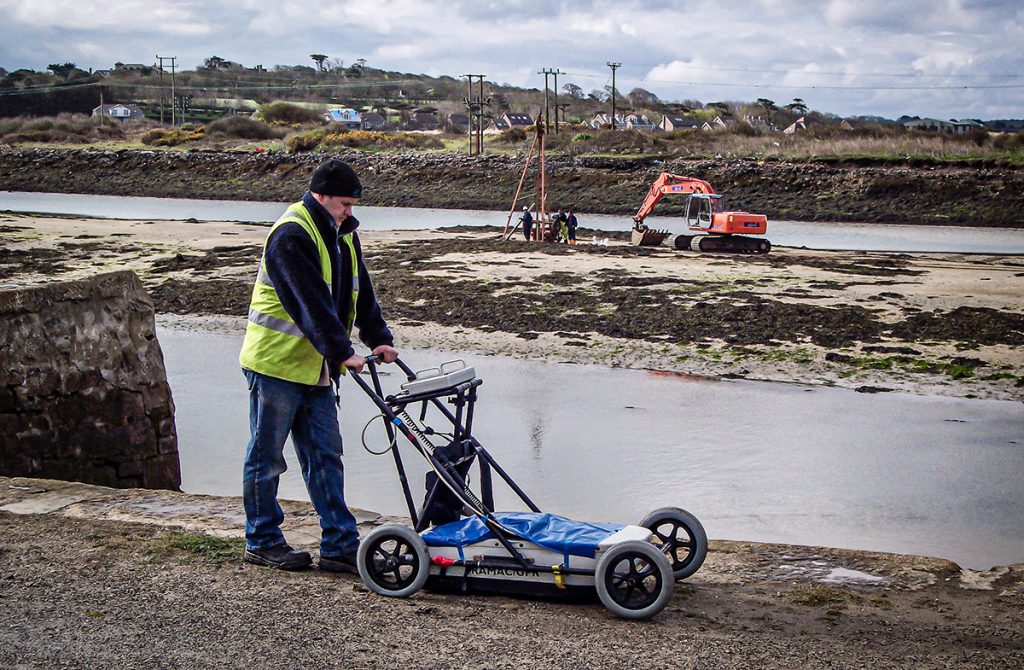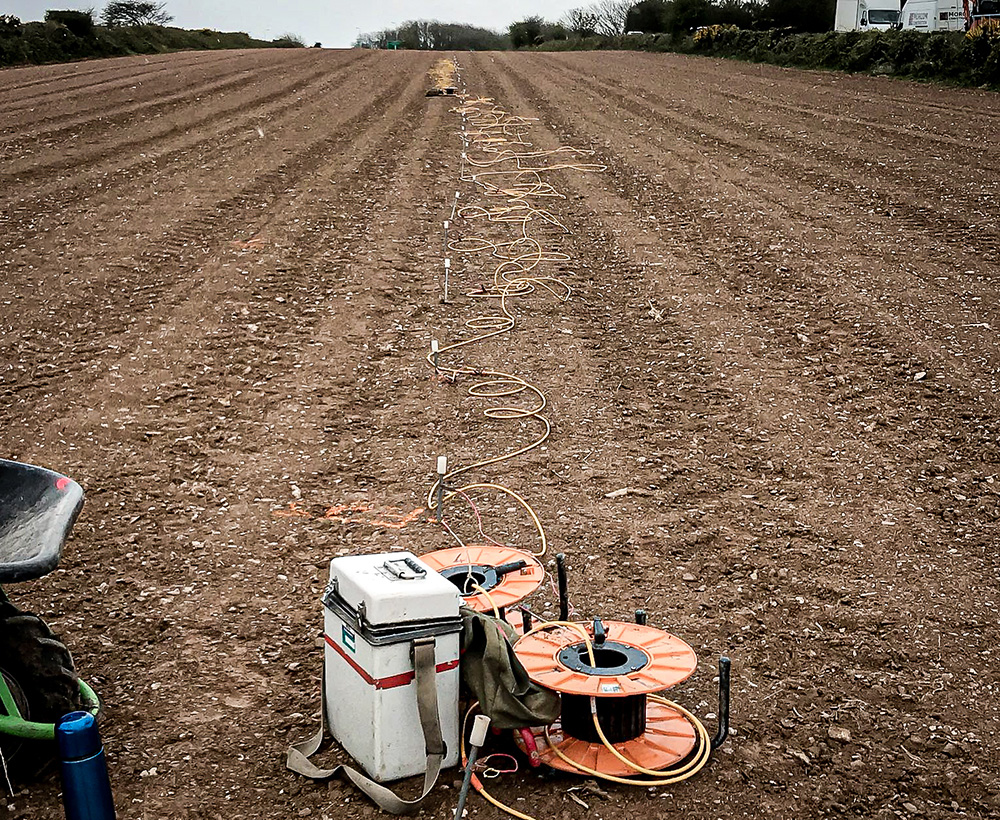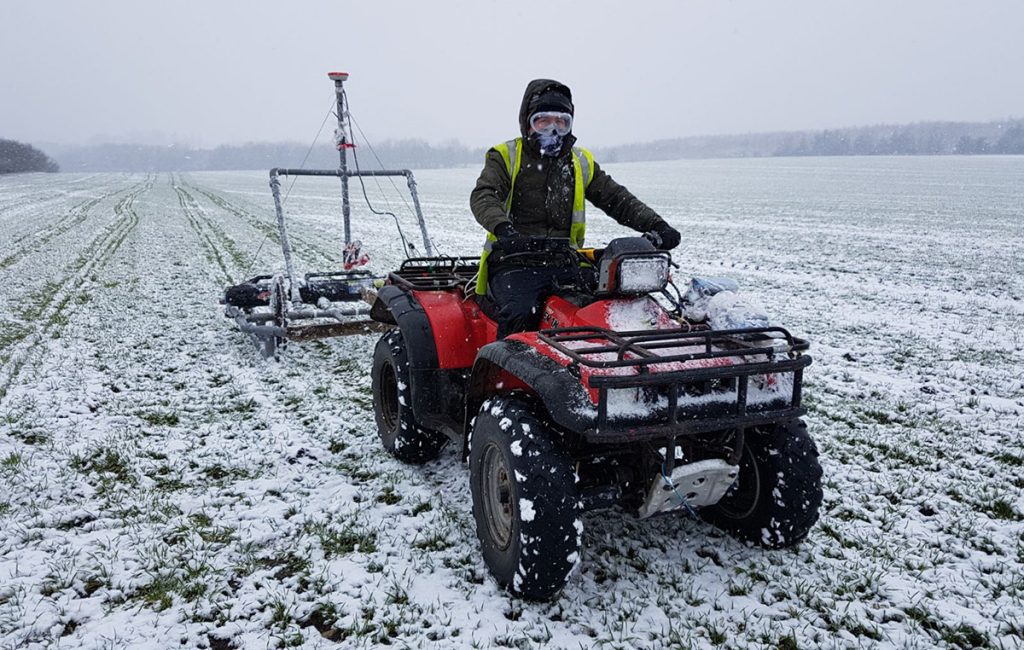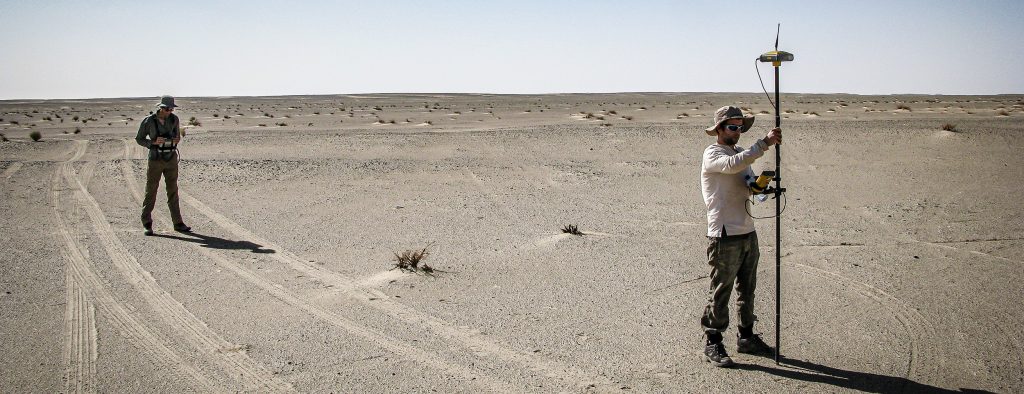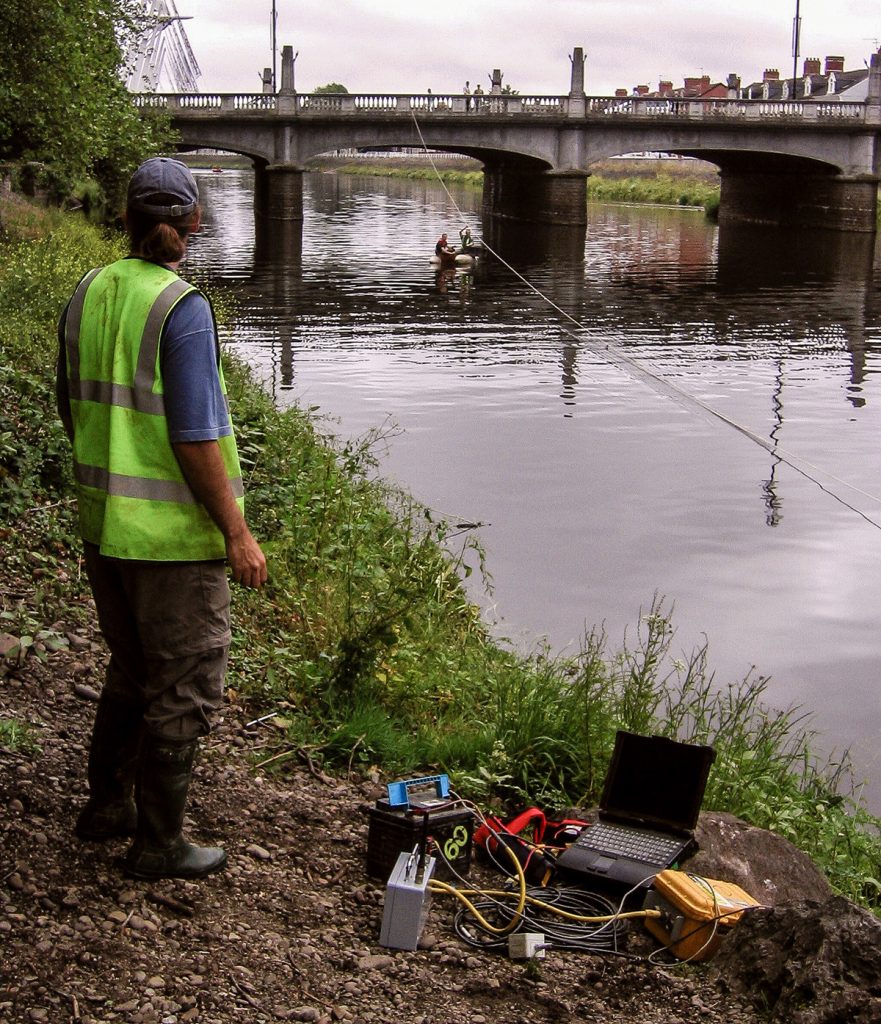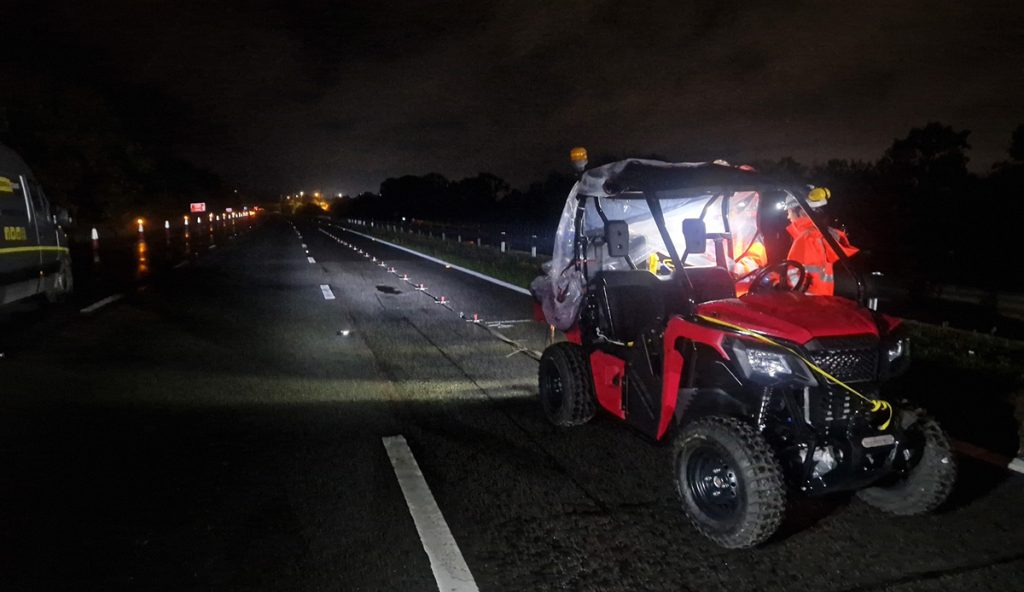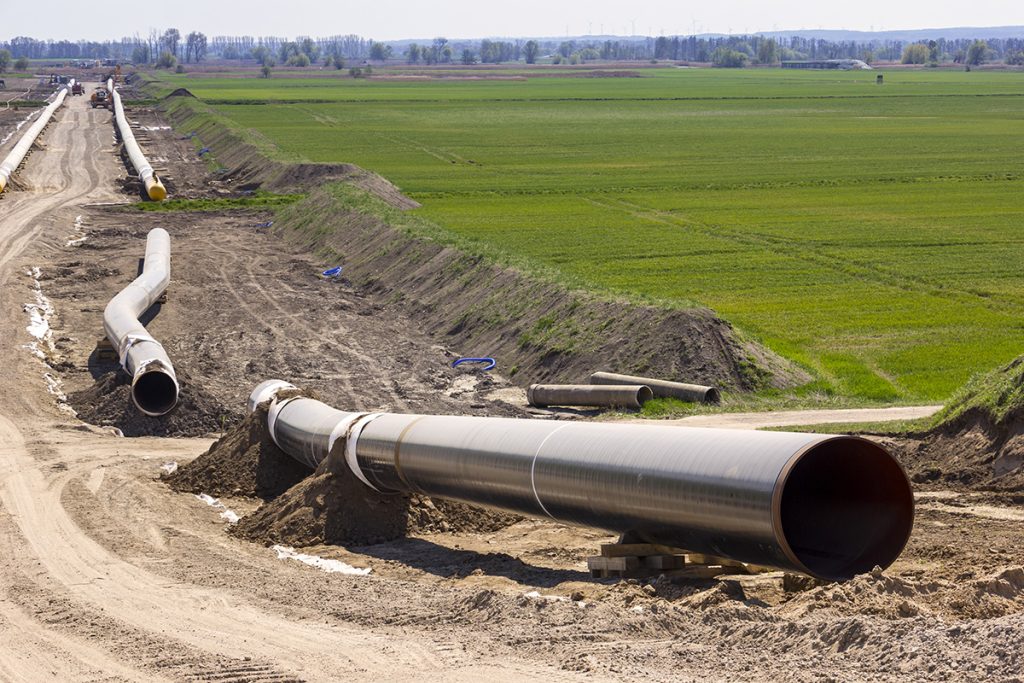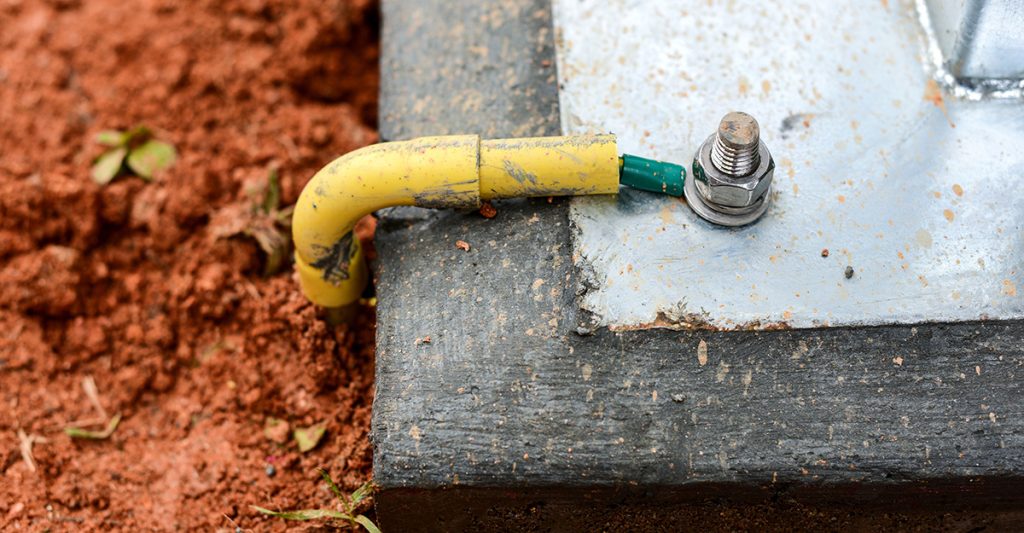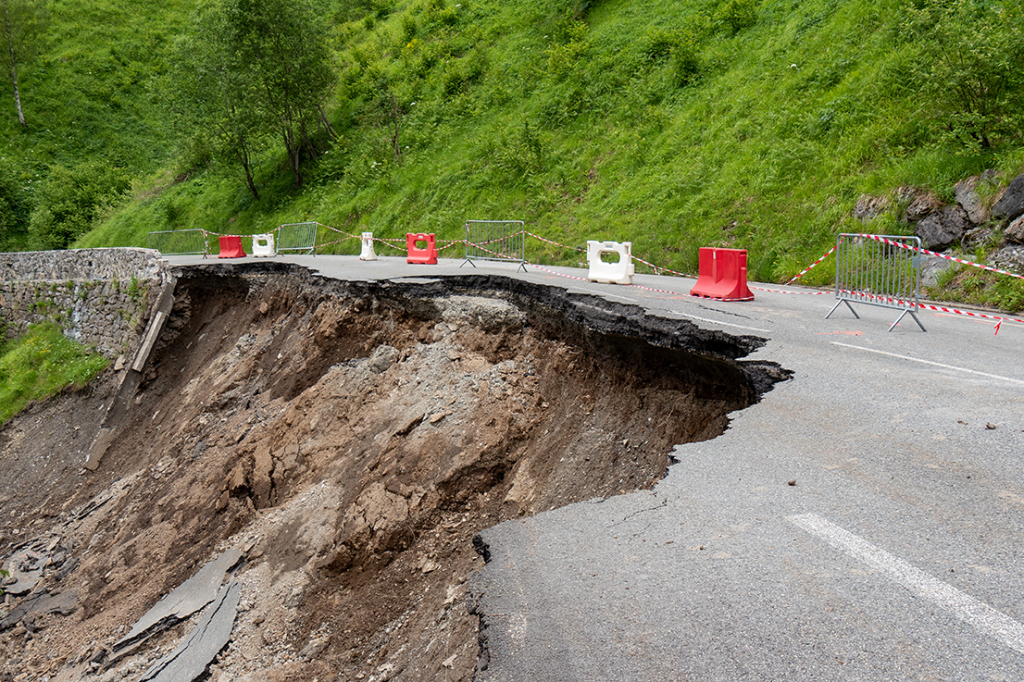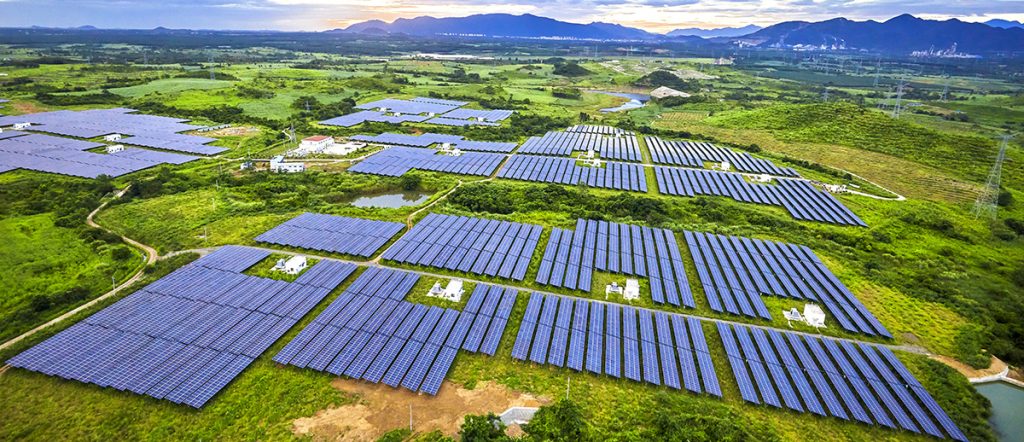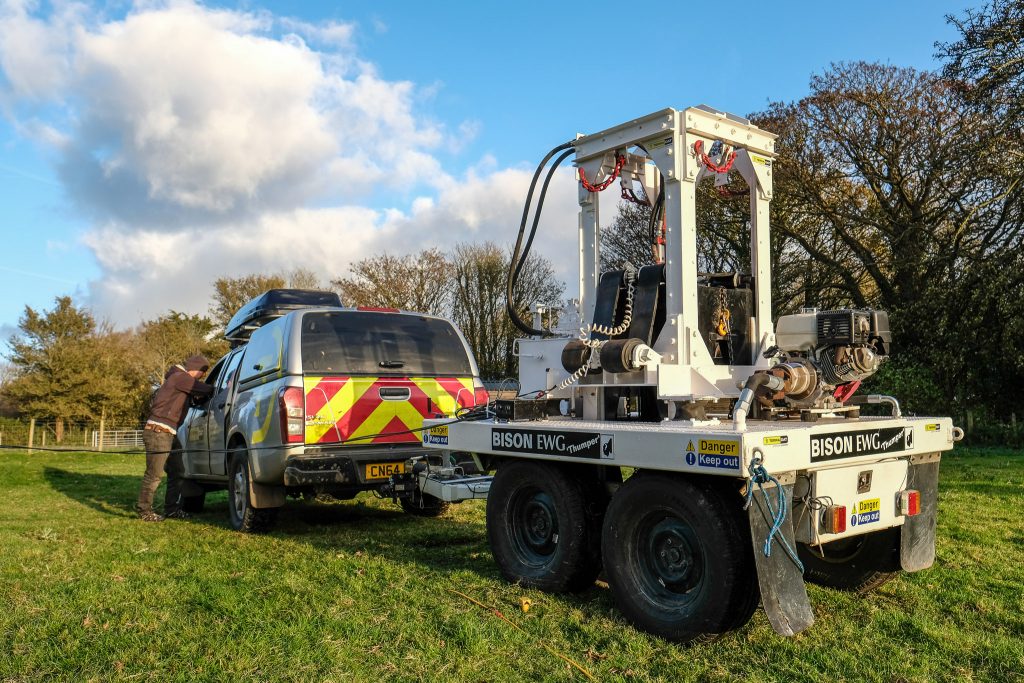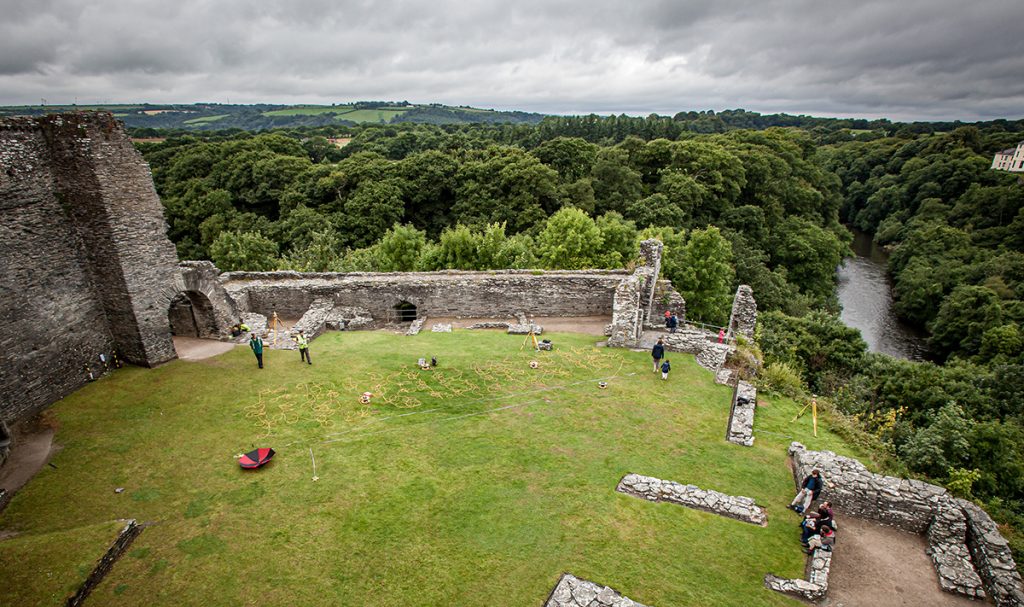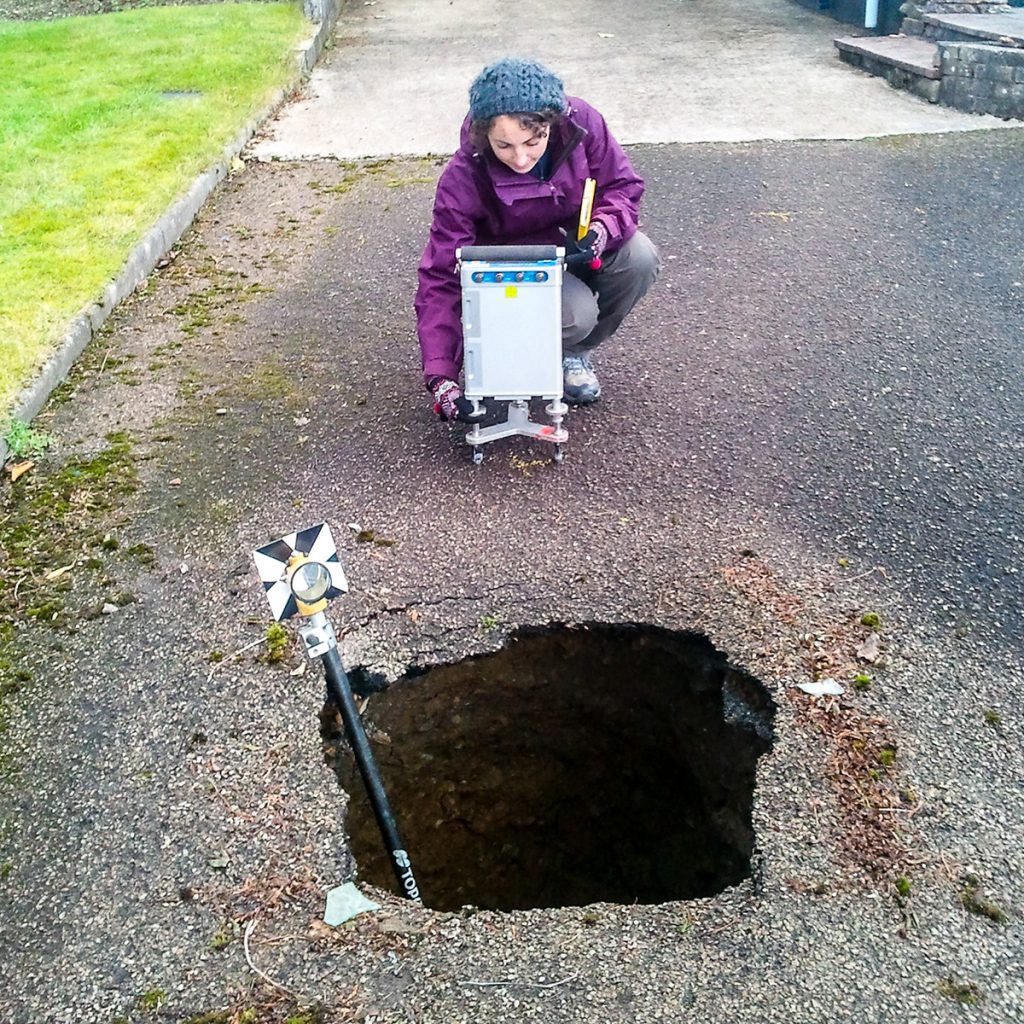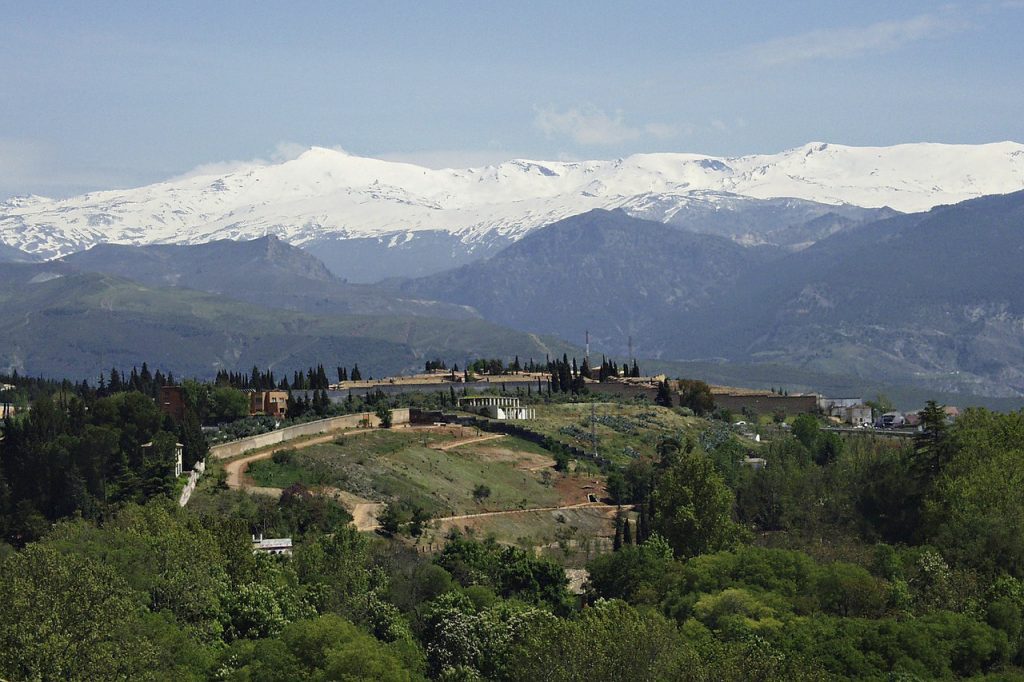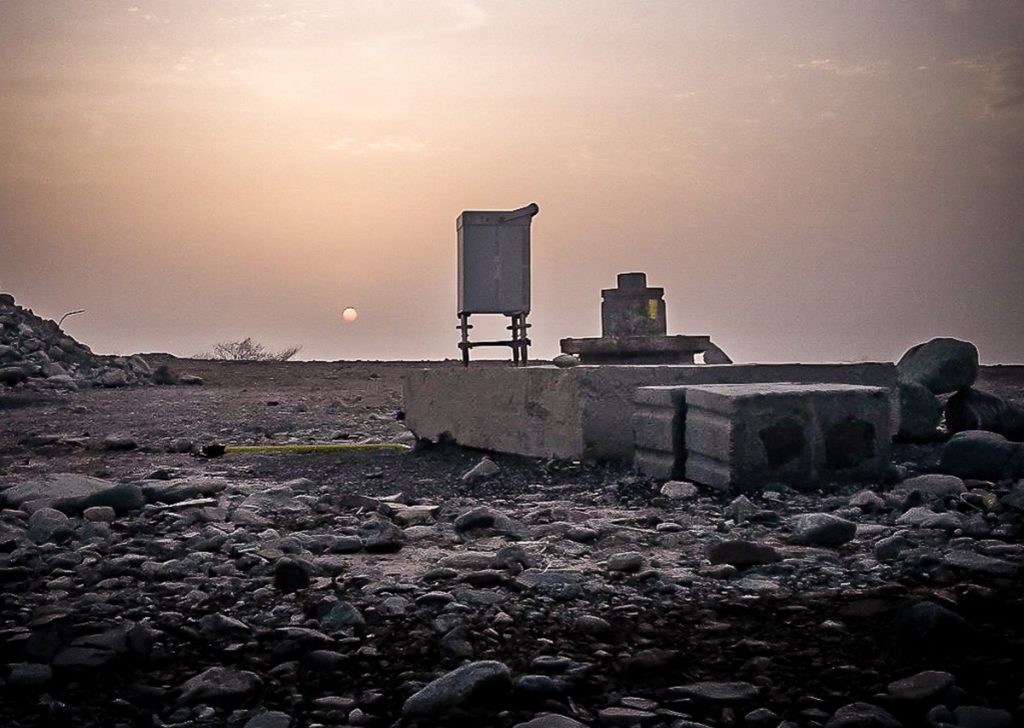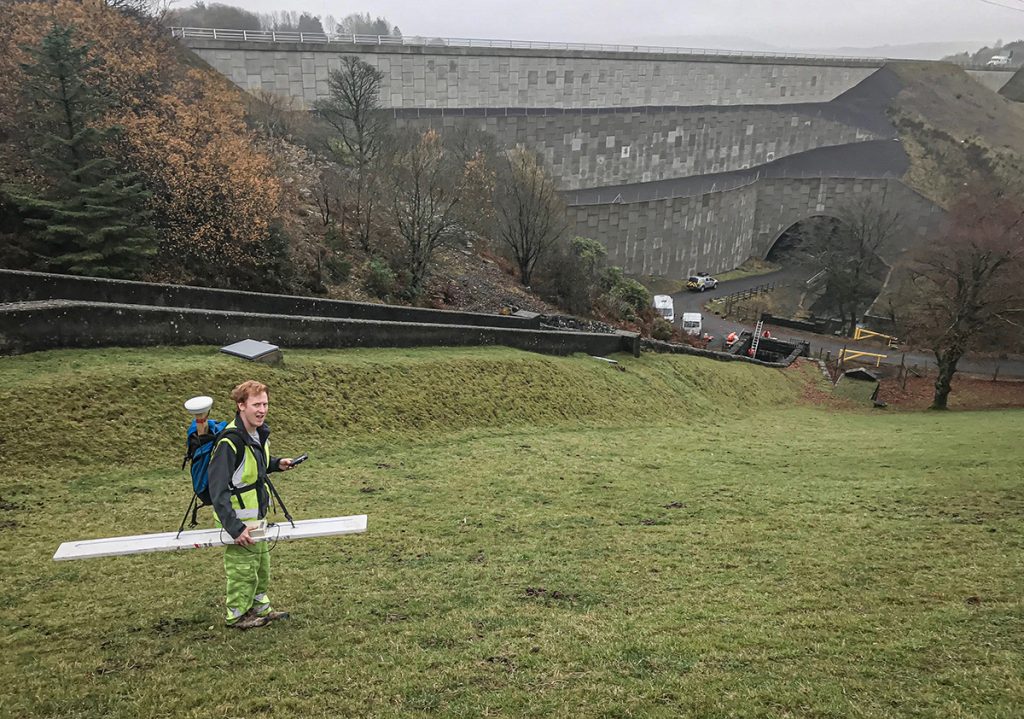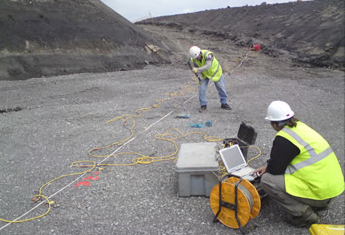
Over recent years TerraDat have gained a wealth of experience providing geophysical services to the wind energy industry. By working alongside many major wind farm developers TerraDat have developed a suite of geophysical techniques ideally suited to the needs of most onshore wind farm developments. These techniques allow optimisation of turbine location and foundation design.
A combination of magnetic, ground conductivity and microgravity surveys can be used to map archaeological features as well as other geo-hazards such as buried structures, mine workings, solution features, voids and fracture zones.

Resistivity tomography surveys are used to provide information on the shallow geology and soil electrical properties for earthing design. This approach is more accurate than the traditional 4-pin method as it is possible to derive more reliable resistivity values. Thermal properties of the soil can be analysed by using a thermal resistivity meter to acquire data either at surface, or within trial pits.
Seismic surveys provide information on the depth and strength (rippability) of underlying ground materials. Seismic data is acquired using surface-based P and S-wave refraction and /or MASW techniques. On sites with limited survey area or variable geology, seismic data can be obtained via boreholes. By combining the derived seismic P and S-wave velocities with density information, it is possible to calculate Poisson’s Ratio and a range of elastic moduli, i.e. Shear, Young’s and Bulk.
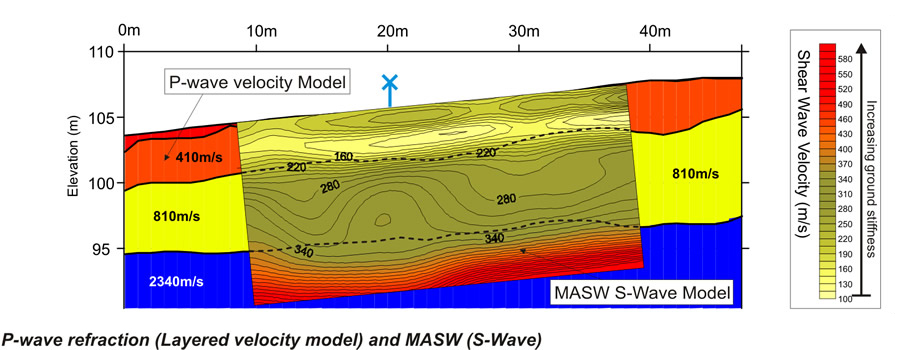
Main Geophysical Targets:
- Archaeological Surveys
- Rock Head and Ground strength Surveys
- Geotechnical information
- Earthing Measurements
